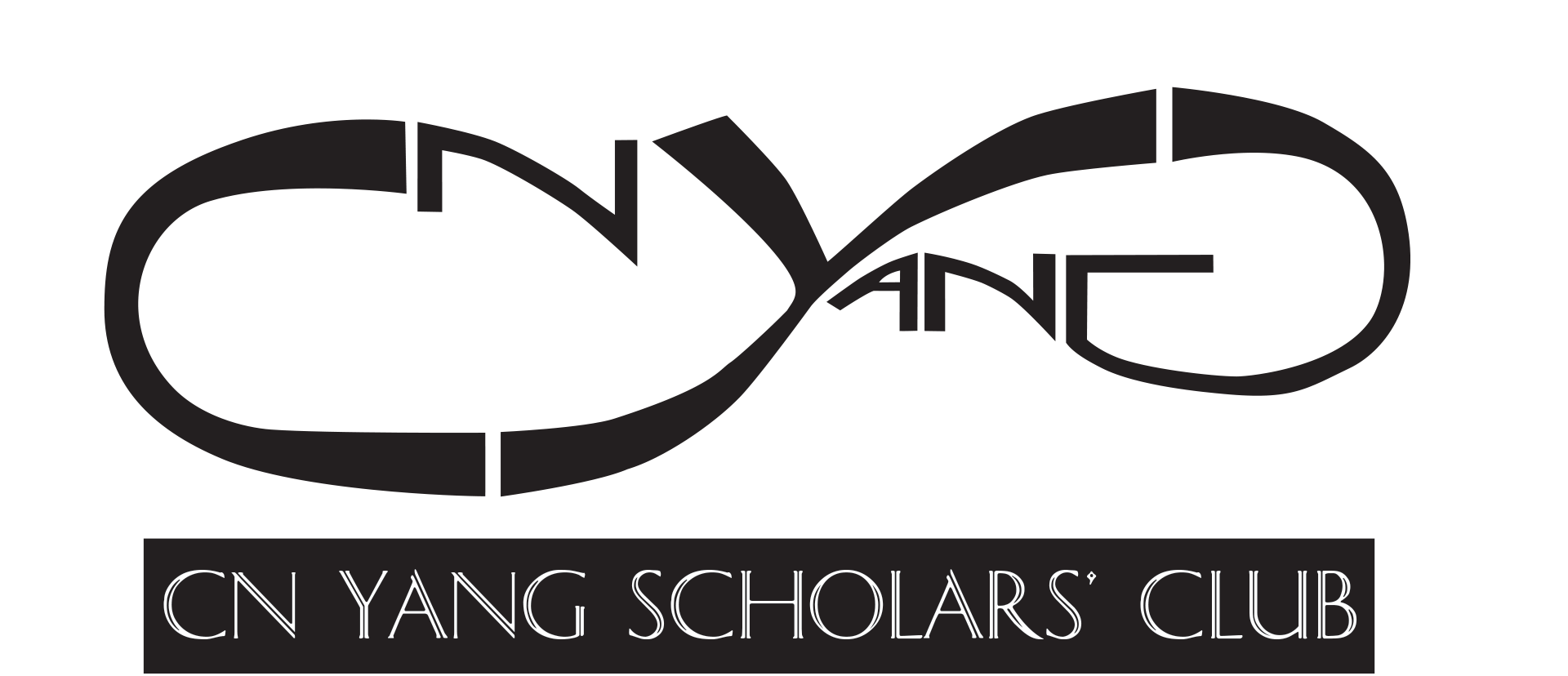BY CHAN JUN YU
SERIS is the key institute in Singapore focusing on applied solar energy research. It is located at National University of Singapore (NUS), having operations over several floors. Unlike other solar module manufacturing factories, SERIS is more oriented towards the research and development aspect of solar energy technologies and their integration into power systems and the urban setting. In particular, researchers at SERIS study the efficiency of solar cells and aim to improve the power output from them given the rather low conversion efficiency from solar energy to electricity. Furthermore, SERIS works closely with government agencies regarding applying solar energy technologies in Singapore.
Our first activity at SERIS was an introductory lecture on the motivation behind solar energy use. Dr Thomas, the Deputy CEO, gave us a very interesting overview on the use of energy in the world, and then continued to explain the relevance of the use of solar energy in Singapore. Undoubtedly, as a country with little to no natural resources, Singapore constantly faces the problem of having to cope with the increasing energy usage. While solar energy seems to be the solution, there are also several problems in implementing the use of solar energy because of land scarcity issues in Singapore. Only less than 10% of our current energy usage comes from solar energy. Nonetheless, it is still a very promising field of research as it is a virtually limitless source, especially since Singapore is a tropical country situated very close to the Equator.

Next, we were split into 2 groups for our laboratory tours. First, we went to the Photovoltaic (PV) Monitoring Laboratory, where we were greeted by Dr Stephen Tay, the Head of the National Solarisation Centre. In the lab, the first thing that caught our eyes was a 4-by-2 wide screen, displaying a choropleth map of Singapore. We were curious about what it displayed, but before that, Dr Tay introduced us to a device that measures wind speed, wind direction, solar irradiance and relative humidity. He then explained that there are 26 such devices placed around Singapore, capturing these respective parameters, and these recordings are then displayed live on the wide screen. The data shown on the screen is updated every second, showing the intensity of insolation at each and every part of Singapore. There are even some cameras capturing real-life footage at each station! Then, Dr Tay also introduced us to another map of Singapore, asking us questions on the government’s proposal on the possible locations of installing solar modules. Our group was very active and overall the experience in the lab was very pleasant.
Then, we were greeted by Dr Tan who explained the manufacturing process of a solar module to us. He was very knowledgeable and detailed in his explanations on how a silicon monocrystalline raw wafer can be turned into a solar cell. However, these explanations were done outside of the actual PV Module Development Laboratory as the lab is a full cleanroom and proper lab outfits have to be worn and a full body dry shower has to be done before entering the lab. Hence, we were only able to see some parts of the lab while Dr Tan did the explanations.
After that, we headed to the Solar Cell Characterisation Laboratory, where solar cells are tested and characterised. There are many interesting and complicated machines in the lab. We saw the Lifetime Tester, Resistance Tester, Photoluminescence Tester and an even more advanced Lifetime tester. Every tester is used to test the efficiency, feasibility, and quality of the solar cell made. A lab assistant guided us through every tester, and briefly demonstrated how each one works. It was a rather fascinating experience to see how the equipment worked.
Last but not least, we went back to the lecture room for a sharing session by Dr Stephen Tay. During the sharing, Dr Tay spoke about how he eventually ended up in a career in the solar energy, and hiss motivations behind going into solar energy. It was a very personal sharing, and Dr Tay was very engaging. Overall, it was a very enjoyable experience at SERIS, and it definitely helped us to better understand the use and application of solar energy in Singapore.
